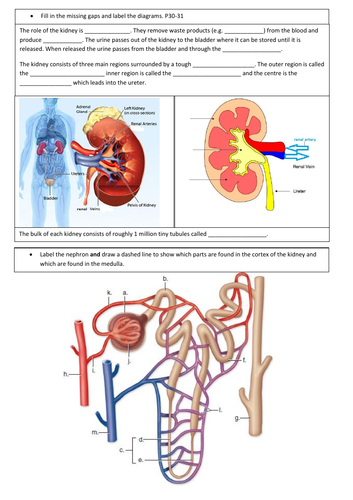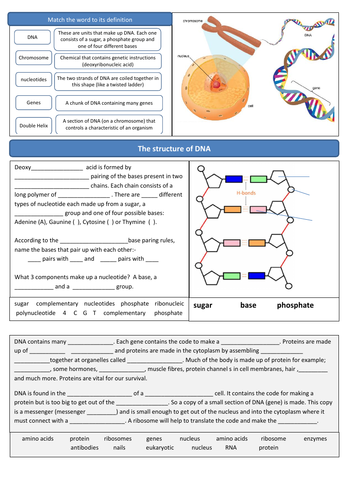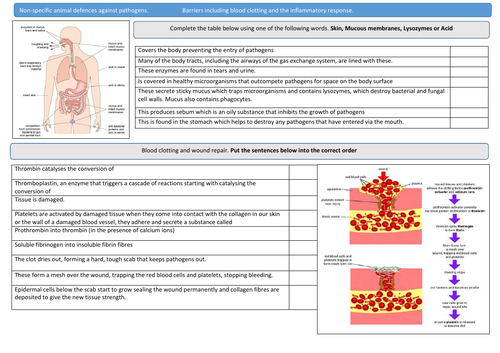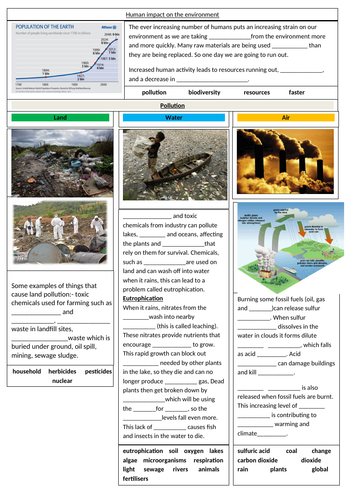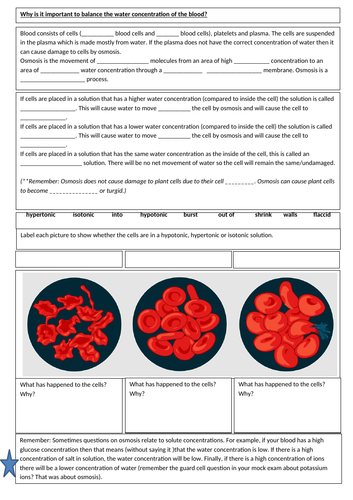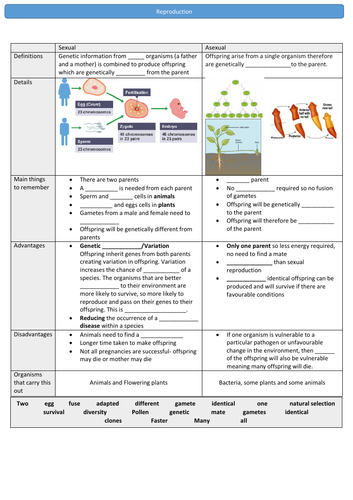Mrs H Biology
Detailed Revision Sheets including higher level terminology. Students fill in the blanks using keywords to practise their recall. These sheets give an opportunity to improve students' confidence in the subject knowledge before completing more difficult exam questions. There are also statistical workpacks for A Level

